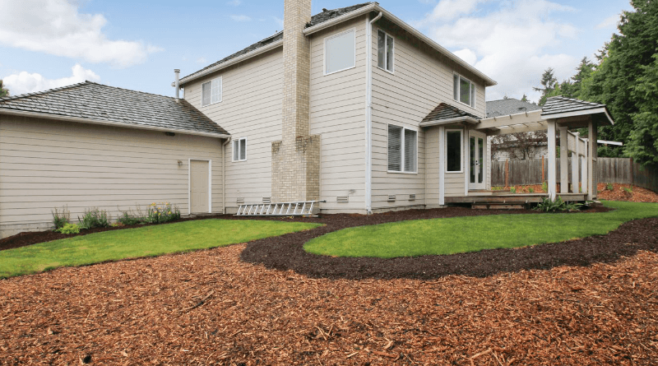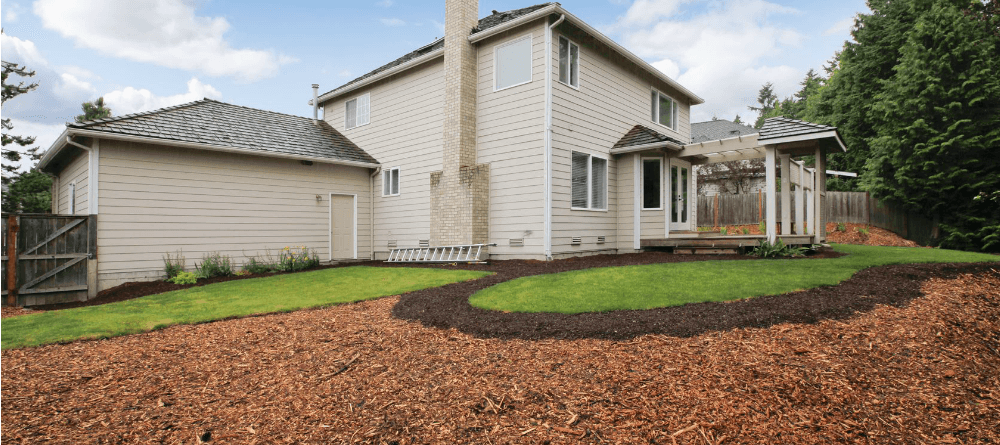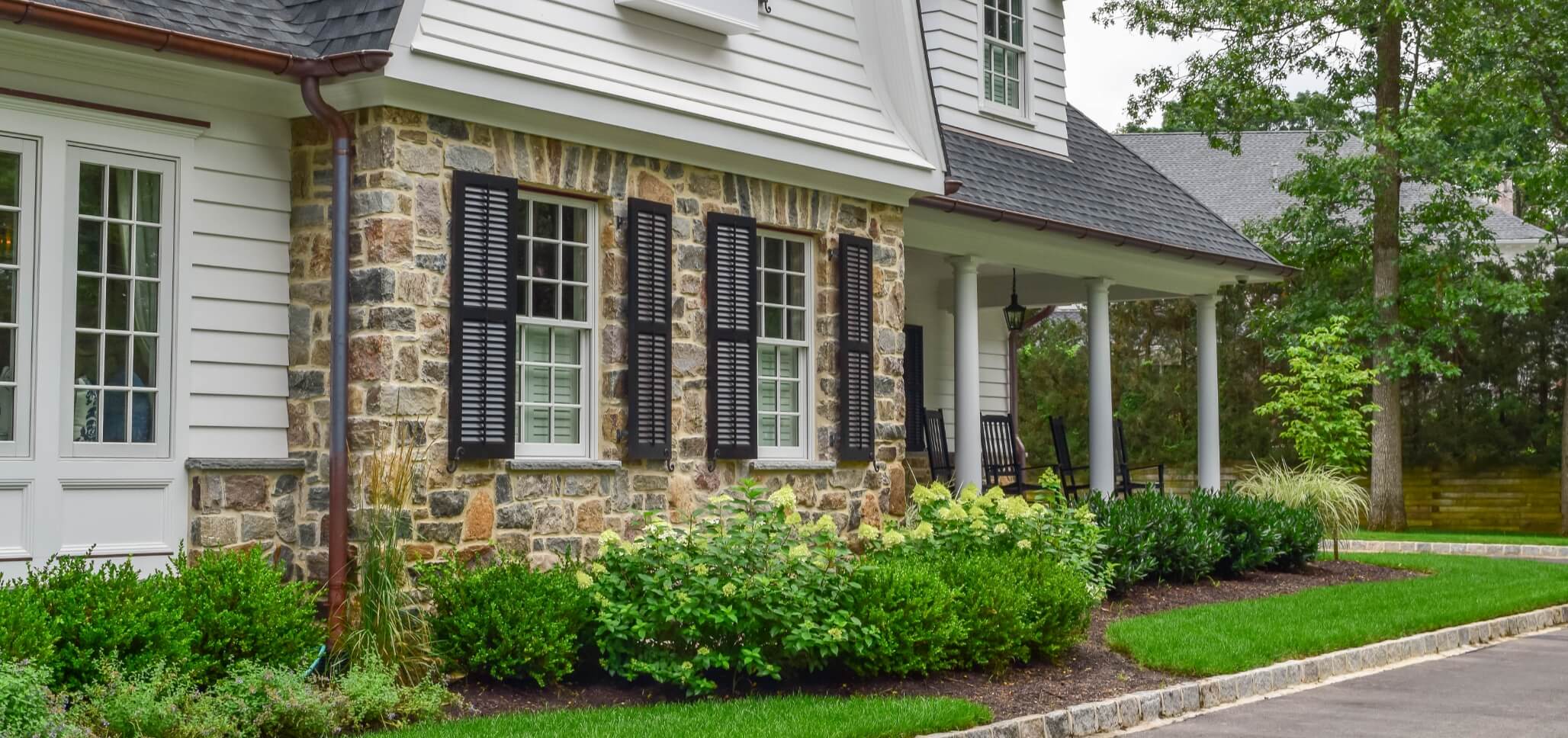Mulch is one of the most versatile landscaping products on the market, offering gardeners and landscapers a wide range of benefits.
These benefits must be carefully weighed against costs to ensure you’re getting good value for your investment.
Not all mulches are made equal, and quality has a direct impact on price.
However, costs are also influenced by a range of other factors, each of which must be carefully assessed.
It’s especially important to do your homework if you’re planning to buy your mulch in bulk, as you don’t want to be stuck with a large quantity of mulch that isn’t right for your intended application or doesn’t perform the way you expect.
With that in mind, here’s a look at how to get the biggest bang for your buck when it comes to mulch prices in 2015.
Mulch Prices 2015: Why Is Mulch Important?
Mulch has many applications in gardening and landscaping, including:
- Improving the esthetic value and overall appearance of gardens and landscaped elements.
- Helping soil retain moisture, thus promoting stronger, healthier plant growth.
- Redistributing key nutrients back into the soil, where it can be absorbed by plant roots.
- Warding off predatory insects, weeds and other pests.
Its use is highly recommended for casual gardeners, hobbyists, commercial agriculturalists and professional landscapers alike.
Factors Influencing Mulch Prices in 2015
Mulch prices will vary according to the type of mulch you purchase. While there are many different types of mulch on the market, they can be broadly grouped into three main categories:
- Natural: Also known as organic mulch, natural mulch is primarily composed of pieces of hardwood and/or softwood bark. This is brown in appearance and is not dyed.
- Red: Named for its color, red mulch is most often made from small chunks of natural or reclaimed wood which have been dyed red using an environmentally friendly coloring agent.
- Black: Like red mulch, black mulch is named for its color; it can be made from the same wooden materials used in red mulch, only dyed black.
In addition to the type of mulch, the amount of mulch you need will also affect your end cost. Different applications require different amounts of mulch, though some general guidelines do apply.
First, if the mulch you’re using has a fine consistency, it should usually be applied in 2 to 3 inch layers. Mulches with thicker consistencies can be laid up to 4 inches deep. In both cases, you should leave 1 to 2 inches of open “breathing space” around the roots of the plant or tree to ensure there will be adequate air penetration.
Delivery is yet another factor influencing mulch prices in 2015. Bulk mulch delivery is very convenient for customers who need large product quantities, but it’s a service that ultimately increases the bottom-line cost.
With bulk mulch delivery, check with the company to make sure you understand their terms and conditions before placing your order. If you need mulch dropped off at multiple locations, or several different points at the same site, make sure this service is offered by your mulch provider.
Finally, you need to consider whether the mulch is coming from a wholesale or retail source. Wholesalers offer lower prices, especially when you buy from the same company that produces the mulch. When you buy mulch on a retail basis, you can expect prices to rise since third-party distributors markup the products they sell.
Mulch Prices 2015: Finding the Right Supplier for You
To find the right mulch supplier, look for wholesale companies that sell mulch in bulk quantities. Compare their prices against comparable retailers like Home Depot or Lowe’s; chances are you’ll find that wholesalers offer significant savings.
Once you’ve found the right mulch for the right price, contact the company and ask about their delivery policies if you need to buy mulch in bulk. Performing thorough comparative research and choosing the company that offers the best combination of affordability and service excellence is the tried-and-true route to finding the right mulch supplier for your needs.



